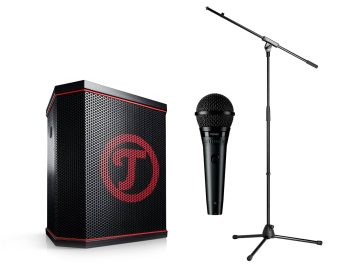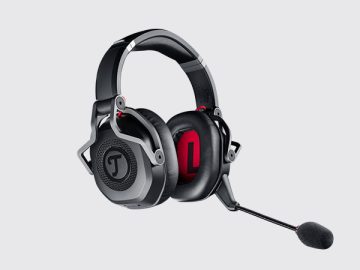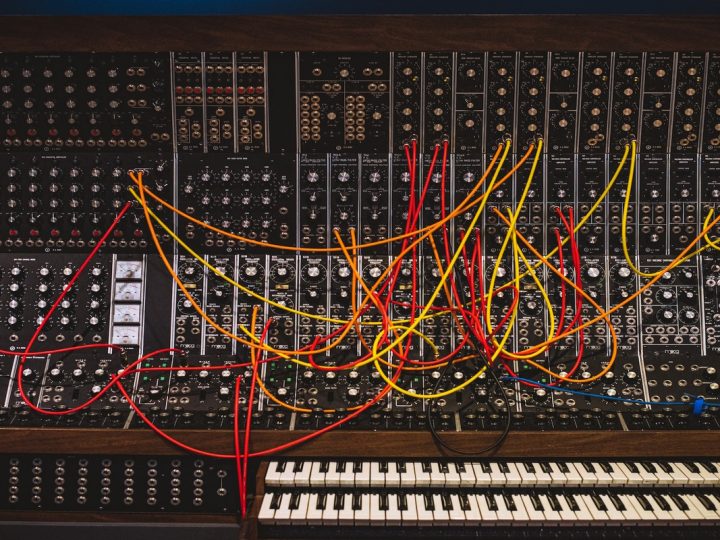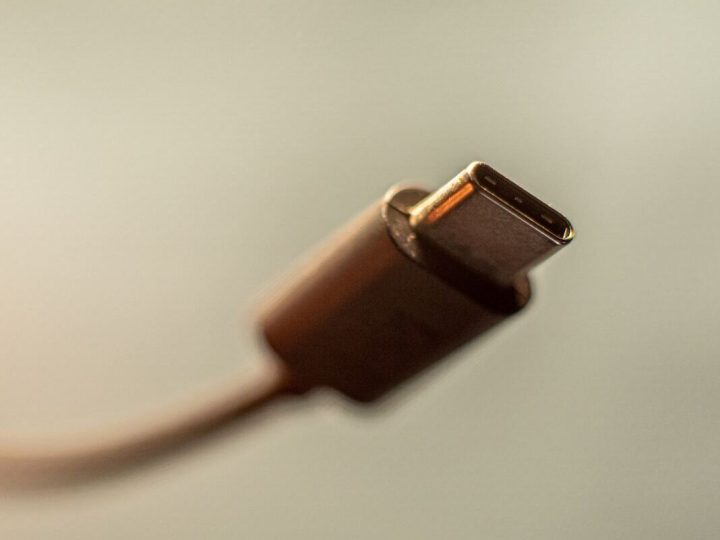Even if you’ve never heard of autotune before, you’ve definitely heard it used to alter or correct vocals. In pop music, post processing to make voice tracks sound more polished or distorted has been commonplace for a long time. So, how does autotune work, and what effect does it have on us as listeners?
What is autotune?
Autotune (or auto-tune) is an automatic pitch correction technology used to process audio tracks digitally. Its original purpose was to correct mistakes in recorded audio material and shorten the production process. The degree of processing can range from the odd cosmetic adjustment to so much distortion the singer sounds inhuman. And though best known in the realm of vocals, it can also be used on instruments.
While for many, autotune refers only to the Antares software Auto-Tune, there are many other programs that alter the pitch of recorded music. Here, we will discuss the effect in general and how it is employed by recording studios.
Autotune is not to be confused with pitch shifting, a process that changes both the pitch and speed of a track. Classic examples of this effect are Mickey Mouse or Alvin and the Chipmunks. It was also used more modestly by Chuck Berry in order to sound younger. Autotune, by contrast, does not necessarily change the overall pitch of a song and can be used simply to adjust individual tracks or short passages.
Microphones and headphones from the Teufel Webshop
How does Autotune work?
Do you remember the karaoke party game SingStar? It was a game where people competed to sing as close as possible to an original track. And that’s exactly what autotune does – it helps hit the exact desired notes when singing. It can be applied either in post-production or live. So, how does it work?
As an audiophile, you already know that pitch is one of four key aspects of auditory perception. How high or low something sounds depends on its frequency. However, most “notes” as we hear them are actually complex tones composed of multiple over and undertones, which we perceive to be the dominant or overtone. But, those undertones are precisely what give a note its flavor, and make a person’s voice different from the sound of a bell or saxophone. That was the first challenge for the audio software to tackle – teaching computers how to pick out which tone is dominant, then how to shift the whole “note” to preserve its unique character.
To accomplish this, a complex algorithm had to be developed to perform a sort of copy and paste transposition of a particular voice in a given song.
Keeping it in key
The software then had another task ahead of it. Sure it can alter a note, but how does it know which pitch to aim for? Enter the key. Minor, major, modes, etc. If you’re a music head, you’ve almost certainly heard of this concept before. But for those of you who haven’t, keys are essentially groups of notes that sound good together, and can form chords and scales.
The producer must first tell the software what key a song is in, or have the software detect it. Then, the computer does the rest, bringing each note outside of that set up or down to be perfectly in tune. And thus, it creates a track with no “wrong” notes. Depending on software settings, that can either be done automatically to create natural sounding singing, or be given more granular settings with with manual adjustment.
The famous autotune effect comes into play when the tone correction rate is set very high. This then eliminates the “portamento,” or sliding sound between notes, lending a distorted almost mechanical quality to the human voice that could previously only be achieved with instruments.
A man named Andy Hildebrand is credited with the invention of autotune. An audio engineer, he founded the company Antares in 1997, where he developed the Auto-Tune software. For the first time, it allowed the pitches in music to be manipulated digitally without changing the playback speed. It didn’t take long for pop producers to start utilizing the new technology – in 1998, it was used in the hit single Believe by Cher to great effect, even becoming known as the Cher effect for a time.
Antares Auto-Tune exists in various versions. In addition, there are other similar programs such as Melodyne or Cubase VariAudio. The free software Audacity also has autotune functionality through a plugin. Many DJ programs offer comparable features, as well.
Examples of the autotune effect
Lover it or hate it, since its early success with Cher, autotune has become an inseparable part of the pop music landscape. Here are a few classic examples you might be familiar with:
| Artist | Title | Year |
|---|---|---|
| Cher | Believe | 1998 |
| Eiffel 65 | Blue (Da Ba Dee) | 1998 |
| Kid Rock | Only God Knows Why | 1999 |
| Daft Punk | One More Time | 2000 |
| Uncle Kracker | Follow Me | 2000 |
| Maroon 5 | She Will Be Loved | 2004 |
| Lil Wayne ft. T-Pain | Got Money | 2008 |
| Lady Gaga ft. Space Cowboy & Flo Rida | Starstruck | 2008 |
Pros and cons: stylistic device vs. unnatural sound
Autotune is nothing if not divisive. Although moderate use of automatic pitch correction is often not perceived, extreme distortion of vocals has met with harsh criticism. Different genres have a different relationship to the effect. For rock music, it is largely frowned upon (though still sees fairly heavy use). It has long been established as a stylistic device in hip hop and R&B. The crux of the debate comes down to just how artificial music should sound.
The fact is that pop music production has always explored the possibilities offered by new technologies and used various sound effects both with instruments and vocals. Autotune is just one such method among many. The fact is, recorded music has never really been something “natural” despite perceptions. Whether by repeated takes to get a performance exactly right, or early studio tricks like having performers sing while lying down, it was never the same as listening to live musicians.
Still, when real, unaltered voices start to become the exception and corrected and distorted voices become the norm, many balk. Pop stars like Taylor Swift or Lady Gaga, who rose to fame in the midst of the autotune era, had to live with the fact that their songs and albums did not reflect their natural singing voices.
Recently, there has been a renewed call for more natural sounding pop music. Many listeners and artists complain that there has been autotune oversaturation, and crave more intimacy and authenticity from their music. Presumably, this has been fueling the success of bands such as, to take an example from our home in Germany, AnnenMayKantereit, and the renaissance of music documentaries. That pitch correction will remain part of studio production is unquestionable – but to what extent is impossible to predict. Ultimately, tracks with and without autotune, as well as other effects will serve different tastes and genre expectations.
See also: Another very controversial production practice is dynamic compression. Dynamic Range Day stands in opposition to the “Loudness Wars.”
Headphone bundles from Teufel

▶ REAL BLUE + Shure MV7: This bundle of closed-back HD Bluetooth headphones and dynamic microphone can take your vocal recordings to a professional level. The Shure microphone minimizes background and room noise. The REAL BLUE envelop your ears and deliver precise sound – the perfect combo for singing, podcasts, YouTube videos and more.
▶ Shure MV5C: This tabletop microphone by Shure offers stellar speech quality for video calls or podcasts. The ShurePlus™ MOTIV App provides many different setting options such as Equalizer or Auto Level Mode, which keeps the volume levels in a set range.
▶ Discover more Microphones and Accessories in our Webshop!
More products from the Teufel Webshop
Key takeaways on how autotune works
- Autotune refers to automatic digital pitch correction.
- The autotune effect is when vocal frequencies are so drastically altered that the sound becomes distorted.
- Since 1998, the effect has expanded massively in pop music. However, the criticism has been growing louder and there is a movement for more natural sounds in music.
See also: Find out in our blog how to record your own music.








